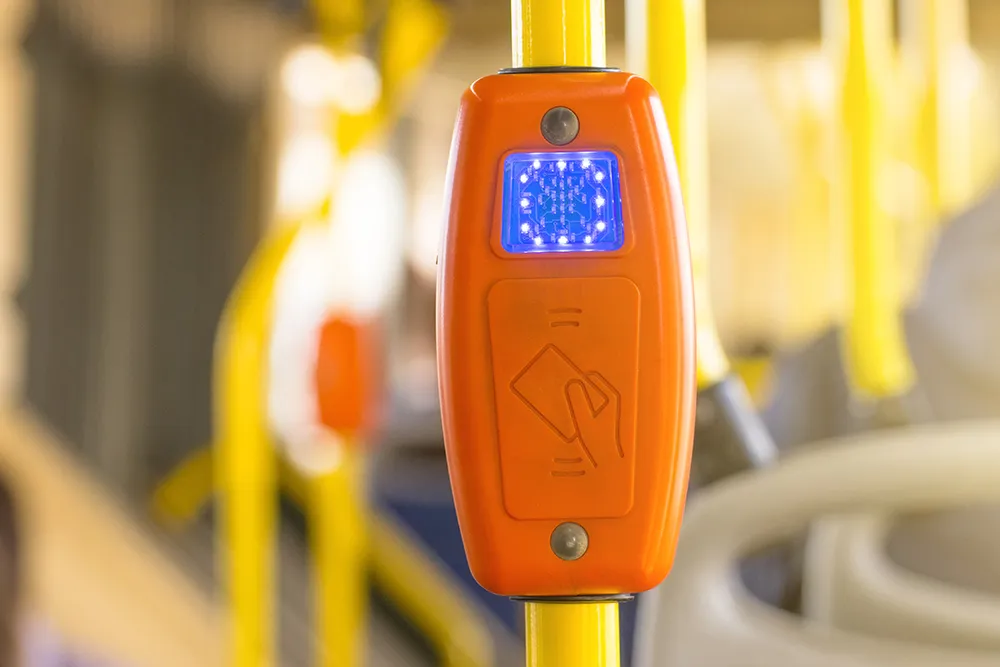Virgin Hyperloop One (VHO) is designing a Hyperloop portal near Denver National Airport as part of a test project in Colorado. Once completed, the service is intended to provide citizens with fast travel connections to work and leisure destinations, VHO says.
Last year, the company partnered with the Colorado Department of Transportation and engineering firm Aecom to examine the technological and economic feasibility of a Hyperloop system in the state.
May 31, 2018
Read time: 2 mins
Virgin 8535 Hyperloop One (VHO) is designing a Hyperloop portal near Denver National Airport as part of a test project in Colorado. Once completed, the service is intended to provide citizens with fast travel connections to work and leisure destinations, VHO says.
Last year, the company partnered with the Colorado Department of Transportation and engineering firm Aecom to examine the technological and economic feasibility of a Hyperloop system in the state.
The Rocky Mountain Hyperloop study developed an initial design concept for the hyperloop portal located near the airport, at the intersection of 72nd and Himalaya. For the next phase, the initiative will look at linking this with the Front Range, part of the Rockies, as well as the mountain resorts.
VHO’s system will deploy pods based on “up-to-the-second data points that continually optimise departures and arrivals”. The portal is intended to integrate with existing infrastructure like the Regional Transport District’s A Line.









